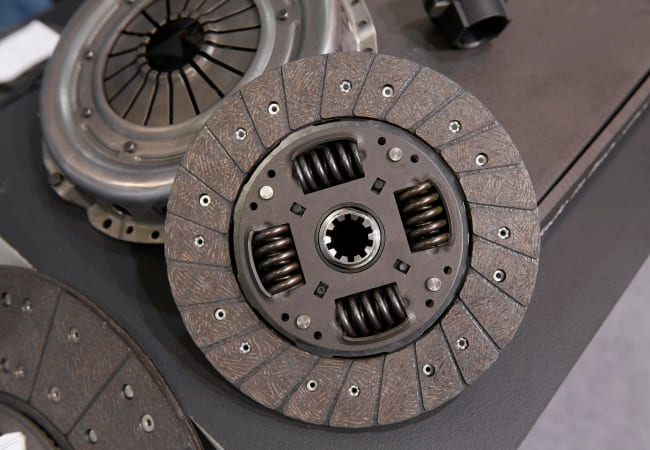
The Automated Manual Transmission is structurally based on a manual gearbox, but differs from it by the presence of automatic gearboxes and an automatic clutch system.
The advantages of the Automated Manual Transmission are:
- Ease of use;
- Efficient energy consumption;
- Reliability;
- relatively low cost compared to the classic automatic transmission.
The automated manual transmission can work in semi-automatic and automatic mode. The first involves constantly changing speeds using the lever in the center console or the electronic paddles on the steering wheel.
In automatic mode, the AMT is controlled by the electronic system, the components of which are as follows:
- Control unit;
- Input sensors;
- Actuators.
The control unit analyzes the input information and in particular the readings of the oil temperature and oil pressure as well as the position of the shift lever and shift fork. It then sends commands to the actuators based on the analyzed data.
The automated manual transmission is equipped with a friction clutch. Modern vehicles may have a dual clutch transmission. This transmits the engine's torque without interrupting the power flow.

The most popular automated manual transmissions with double clutch are:
- DCT M Drivelogic (BMW);
- PDK (Porsche);
- DSG (Volkswagen);
- Speedshift DCT (Mercedes-Benz);
- Powershift (Ford, Volvo);
- S-Tronic (Audi);
- Twin Clutch SST (Mitsubishi);
- TCT (Alfa Romeo).
Depending on the type of clutch and gearbox, there are two types of automated manual transmissions:
- With electric drive.
- Allshift (Mitsubishi);
- Durashift EST (Ford);
- Dualogic (Fiat);
- MultiMode (Toyota);
- Easytronic (Opel);
- 2-Tronic (Peugeot);
- SensoDrive (Citroën).
- With hydraulic drive.
- SMG (BMW);
- Selespeed (Alfa Romeo);
- R-Tronic (Audi);
- Quickshift (Renault);
- ISR (Lamborghini).
The actuators of the automated manual transmission with electric drive consists of a Electric motor, while the Automated Manual Transmission with hydraulic drive consists of hydraulic cylinders actuated by electromagnetic valves. The control system of the hydraulically driven automated manual transmission includes a hydraulic control unit, which in turn controls the operation of the hydraulic cylinders and also maintains the pressure in that system.
The hydraulic drive, on the other hand, is characterized by the higher energy requirement compared to the electric drive off: The pressure in the system is maintained by additional energy. The advantage of the hydraulic drive compared to the electric drive is the particularly high driving speed.
